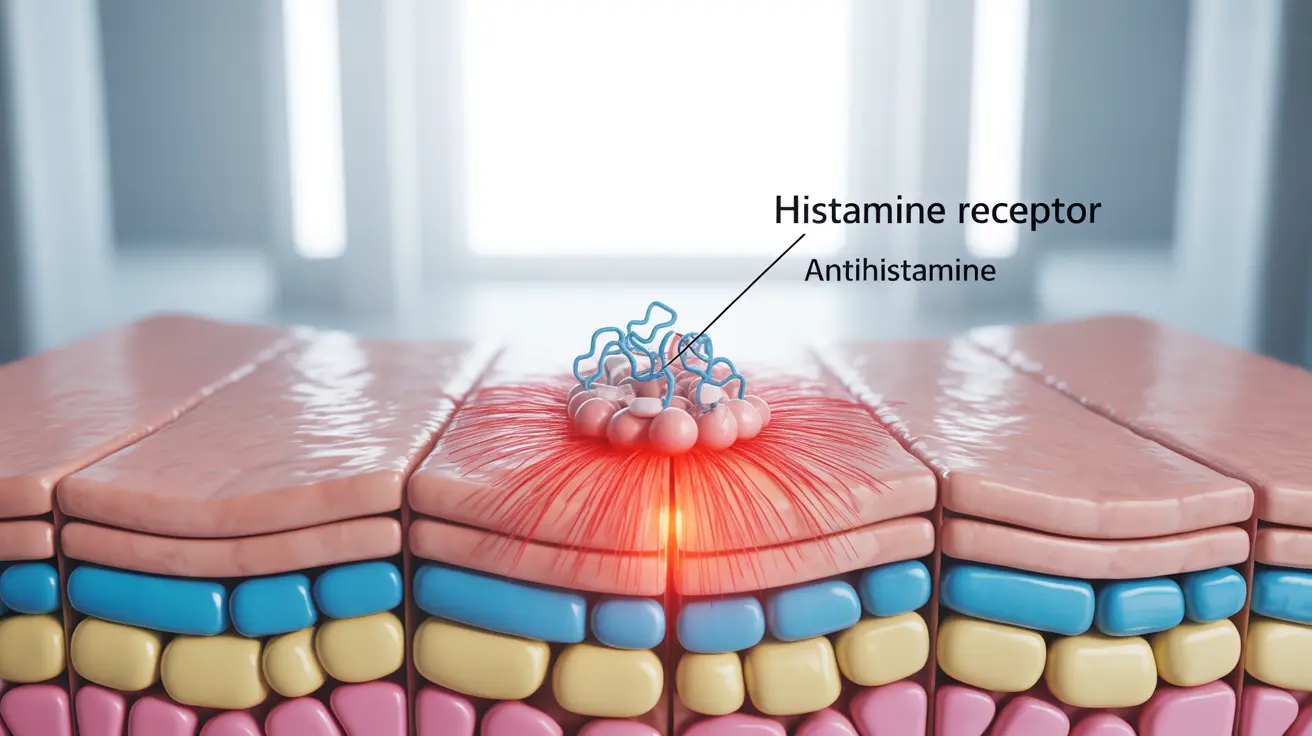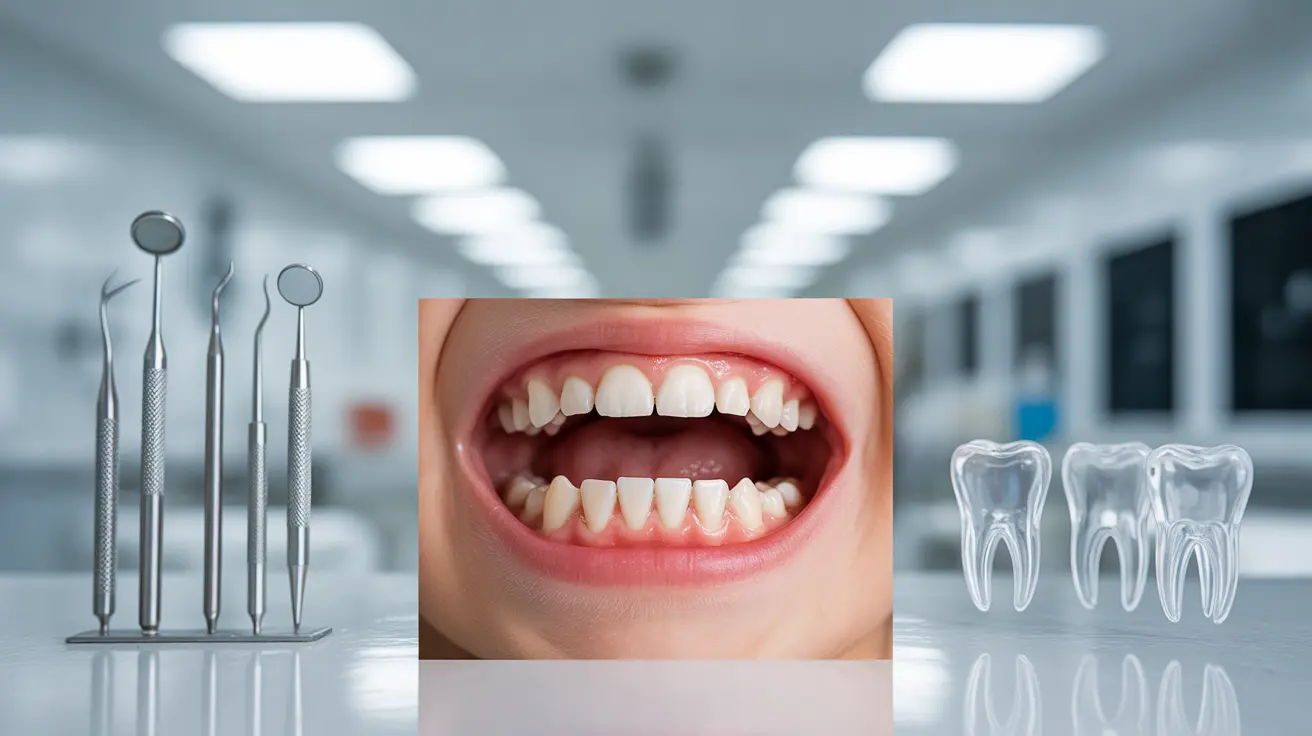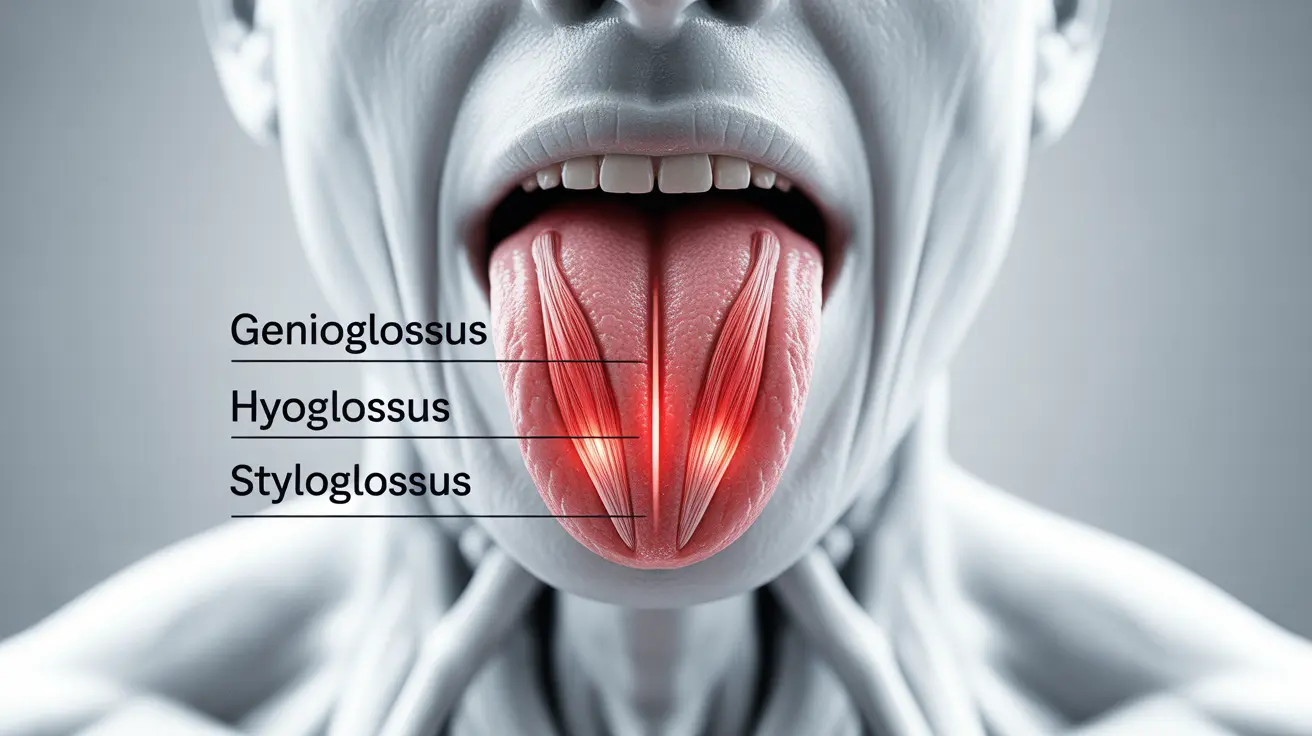Dealing with an uncomfortable skin rash can be frustrating, especially when you're unsure which treatment will provide the fastest and most effective relief. Antihistamines have become a cornerstone treatment for various types of skin rashes, offering targeted relief from itching, inflammation, and other uncomfortable symptoms that can significantly impact your daily life.
Understanding which antihistamine works best for your specific type of skin rash can help you make informed decisions about your treatment and get back to feeling comfortable in your own skin. This comprehensive guide will explore the most effective antihistamine options available and help you navigate the path to clearer, healthier skin.
Understanding Skin Rashes and Antihistamine Treatment
Skin rashes manifest in numerous forms, from stress-induced hives to allergic contact dermatitis. These conditions often trigger the release of histamine, a chemical compound that causes inflammation, itching, and redness in affected skin areas. Antihistamines work by blocking histamine receptors, effectively reducing these uncomfortable symptoms and promoting healing.
The effectiveness of antihistamine treatment largely depends on the underlying cause of your rash. Allergic reactions, stress-related skin conditions, and environmental irritants all respond differently to various antihistamine formulations. Identifying the root cause of your rash helps determine which specific antihistamine will provide optimal relief.
Top Antihistamine Options for Skin Rash Relief
First-Generation Antihistamines
First-generation antihistamines, including diphenhydramine (Benadryl) and hydroxyzine, offer potent relief for acute skin reactions. These medications effectively cross the blood-brain barrier, providing strong anti-inflammatory effects but often causing drowsiness as a side effect. They're particularly beneficial for severe itching that interferes with sleep, as the sedating properties can help you rest while your skin heals.
Hydroxyzine stands out among first-generation options for its dual action as both an antihistamine and anxiolytic. This makes it especially valuable for stress-related skin conditions, where anxiety and physical symptoms create a cycle of irritation and discomfort.
Second-Generation Antihistamines
Modern second-generation antihistamines like cetirizine (Zyrtec), loratadine (Claritin), and fexofenadine (Allegra) provide effective rash relief without significant sedation. These medications offer the advantage of once-daily dosing and maintain consistent therapeutic levels throughout the day.
Cetirizine demonstrates particularly strong efficacy for urticaria and stress-related skin reactions. Its slightly sedating properties can be beneficial for nighttime relief without the pronounced drowsiness of first-generation alternatives. Loratadine offers excellent tolerance with minimal side effects, making it suitable for long-term management of chronic skin conditions.
Mechanism of Action: How Antihistamines Provide Relief
When your skin encounters an allergen or stressor, immune cells release histamine into surrounding tissues. This histamine binds to H1 receptors in blood vessels and nerve endings, causing the characteristic symptoms of rashes: redness, swelling, and intense itching. Antihistamines block these H1 receptors, preventing histamine from triggering inflammatory responses.
Beyond their primary antihistamine effects, many of these medications possess additional anti-inflammatory properties. They can stabilize mast cells, reduce the release of other inflammatory mediators, and help normalize blood vessel permeability in affected skin areas. This comprehensive approach addresses multiple aspects of the inflammatory cascade responsible for rash symptoms.
Choosing Between Sedating and Non-Sedating Options
Benefits of Sedating Antihistamines
Sedating antihistamines excel in situations where intense itching disrupts sleep or when immediate, powerful relief is needed. The drowsiness effect can be therapeutic when rash symptoms are severe enough to cause significant discomfort and agitation. These medications often provide faster onset of action for acute allergic reactions.
Advantages of Non-Sedating Formulations
Non-sedating antihistamines allow you to maintain normal daily activities while managing rash symptoms. They're ideal for chronic conditions requiring long-term treatment and for individuals who need to remain alert for work or other responsibilities. These medications also typically have fewer drug interactions and are safer for elderly patients.
Potential Side Effects and Considerations
While antihistamines are generally well-tolerated, they can occasionally cause paradoxical reactions in sensitive individuals. Some people may develop skin rashes as an allergic response to the antihistamine itself, particularly with topical formulations. This highlights the importance of patch testing or starting with low doses when trying new medications.
Common side effects include dry mouth, constipation, and urinary retention, particularly with first-generation antihistamines. Second-generation options may cause headache, fatigue, or gastrointestinal upset in some users. Always discuss potential interactions with other medications with your healthcare provider before starting treatment.
When to Seek Professional Medical Care
While over-the-counter antihistamines effectively manage many skin rashes, certain situations require professional medical evaluation. Severe rashes accompanied by difficulty breathing, widespread swelling, or signs of infection warrant immediate medical attention. These symptoms may indicate anaphylaxis or secondary bacterial infection requiring urgent treatment.
Persistent rashes that don't respond to antihistamine treatment within one week should be evaluated by a dermatologist or healthcare provider. Chronic or recurring skin conditions may require prescription medications, allergy testing, or investigation for underlying medical conditions contributing to your symptoms.
Frequently Asked Questions
What is the best antihistamine for treating a skin rash caused by stress?
For stress-related skin rashes, cetirizine (Zyrtec) and hydroxyzine are often most effective. Cetirizine provides 24-hour relief with minimal sedation, while hydroxyzine offers additional anti-anxiety benefits that can address both the physical symptoms and underlying stress contributing to the rash. The choice depends on your specific symptoms and whether you need the calming effects of hydroxyzine.
How do antihistamines like cetirizine and loratadine help relieve itching and hives from stress rashes?
Cetirizine and loratadine block H1 histamine receptors in the skin, preventing the inflammatory cascade that causes itching, redness, and hive formation. When stress triggers mast cell degranulation and histamine release, these antihistamines intercept the signal before it can cause symptoms. They also help stabilize blood vessels, reducing the wheals and swelling characteristic of stress-induced hives.
Can antihistamines cause skin rashes or allergic reactions themselves?
Yes, antihistamines can occasionally cause allergic reactions, including skin rashes, though this is relatively uncommon. Topical antihistamines pose a higher risk of contact sensitization than oral formulations. Symptoms may include localized redness, itching, or even systemic allergic reactions in rare cases. If you develop new skin symptoms after starting an antihistamine, discontinue use and consult your healthcare provider.
What are the differences between sedating and nonsedating antihistamines for skin rashes?
Sedating antihistamines (like diphenhydramine and hydroxyzine) cross the blood-brain barrier, causing drowsiness but often providing more potent relief for severe itching. They work faster for acute reactions but may impair daily functioning. Non-sedating antihistamines (like cetirizine, loratadine, and fexofenadine) remain primarily in peripheral tissues, offering effective relief without significant drowsiness, making them better for daytime use and chronic conditions.
When should I see a doctor if my stress rash does not improve with over-the-counter antihistamines?
Consult a healthcare provider if your rash persists after one week of antihistamine treatment, worsens despite treatment, or is accompanied by fever, widespread swelling, difficulty breathing, or signs of infection like pus or red streaking. Also seek medical care if you experience frequent recurring rashes, as this may indicate an underlying condition requiring specialized treatment or prescription medications.




